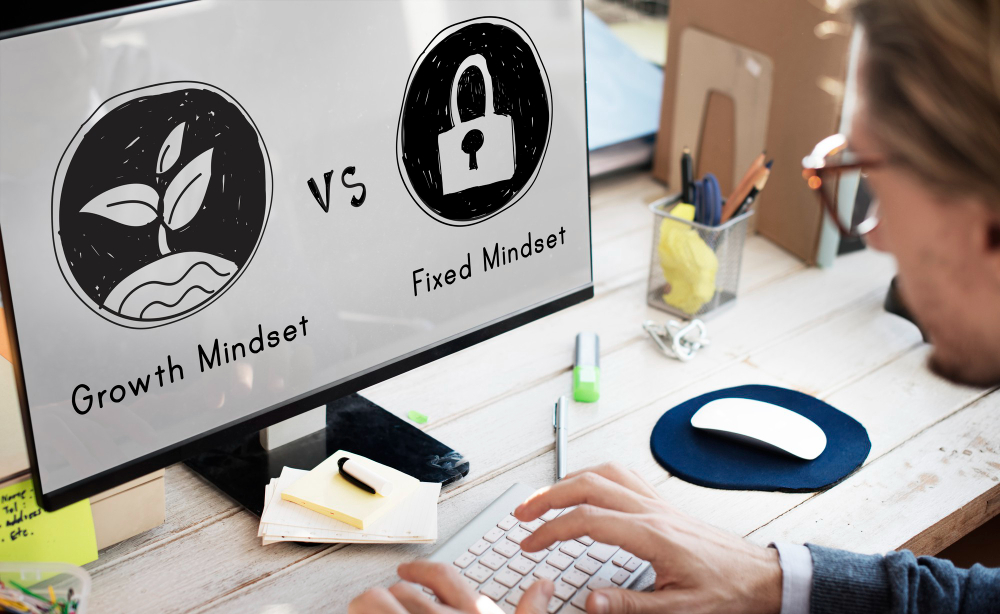Zero Trust Security & Sustainable Green IT
AI-Augmented Zero Trust Security & Sustainable Green IT: Building the Foundations of Secure, Responsible Digital Infrastructure
🧠 AI-Augmented Zero Trust Security & Sustainable Green IT
Building the Foundations of Secure, Responsible Digital Infrastructure
In a world where cyber threats are increasingly sophisticated and environmental concerns are pressing, two once-disparate IT priorities are rapidly converging: Zero Trust Security and Sustainable Green IT. Together, and augmented by the power of artificial intelligence (AI), they form a blueprint for a secure, efficient, and environmentally responsible digital future.
🔐 What Is AI-Augmented Zero Trust Security?
Zero Trust is a security framework based on the principle: “Never trust, always verify.” Every user, device, and application is treated as a potential threat—inside or outside the organization’s network perimeter.
But today, Zero Trust is evolving, and AI is its greatest accelerator.
How AI Enhances Zero Trust:
Behavioral Biometrics & Continuous Authentication
AI monitors and learns from user behavior (typing speed, access time, location, device usage), triggering real-time verification or lockdown when anomalies occur.
Adaptive Access Control
Instead of static policies, AI dynamically adjusts permissions based on contextual factors (risk level, device posture, threat intelligence).
Threat Hunting & Predictive Analytics
AI detects early-stage attacks, lateral movement, and insider threats far faster than traditional tools.
Scalable Micro-Segmentation
Machine learning models automate segmentation policies across sprawling hybrid cloud environments and remote endpoints.
Zero Trust for IoT and 5G
AI-powered security agents now extend Zero Trust to previously hard-to-secure endpoints like IoT devices and edge nodes, essential in smart infrastructure.
🌿 What Is Sustainable Green IT?
Green IT refers to practices and technologies that minimize the environmental footprint of IT systems across their lifecycle—procurement, deployment, operation, and disposal.
This includes:
- Energy-efficient data centers
- Low-emission cloud computing
- Use of renewable energy
- Circular IT asset management (reuse, repair, recycle)
Where AI Fits In:
Smart Workload Management
AI optimizes computing workloads—shifting tasks to greener times or energy-efficient nodes to reduce power draw.
Sustainable Cloud Ops (GreenOps)
ML models analyze energy consumption and emissions per service, helping teams meet ESG goals and optimize cost-performance trade-offs.
Carbon-Aware Scheduling
AI systems can prioritize workloads during periods of low grid carbon intensity, reducing environmental impact without performance loss.
Hardware Lifecycle Optimization
Predictive analytics extend device lifespans, reducing e-waste and improving procurement strategies.
🔄 Where They Converge: A Unified Vision
Combining AI-Augmented Zero Trust Security with Sustainable Green IT is no longer optional—it’s a strategic imperative. Here’s how they reinforce each other:
1. Securing Green Infrastructure
Modern green data centers and edge networks depend on complex IoT and automation systems, making them prime cyber targets. Zero Trust ensures these assets are continuously verified and protected.
2. Green AI for Cyber Defense
AI models used for cybersecurity are being optimized for energy efficiency, through model compression, federated learning, and sustainable training cycles.
3. Shared Intelligence Across Platforms
Telemetry from energy systems, access controls, and cloud usage can be unified into AI-based decision layers, allowing both security and sustainability teams to act on shared insights.
4. Compliance with ESG and Cyber Regulations
Enterprises face dual pressure—from cybersecurity mandates (NIST, GDPR, ISO 27001) and environmental frameworks (CSRD, SEC Climate Disclosures, EU Green Deal). A dual approach using AI streamlines compliance across both fronts.
🏢 Real-World Applications
- Google uses AI-powered cooling optimization in its data centers, reducing energy use by 30%—secured via a Zero Trust framework.
- Microsoft integrates AI and Zero Trust across its Azure infrastructure while committing to being carbon negative by 2030.
- Siemens & Schneider Electric deploy secure industrial IoT (IIoT) systems powered by AI for both uptime and carbon efficiency.
🚀 Strategic Benefits
- Benefit AI-Augmented Zero Trust Sustainable Green IT
- Risk Reduction Faster threat detection, insider risk mitigation More resilient infrastructure
- Cost Optimization Reduced breach and downtime costs Lower energy bills, asset reuse
- Compliance Alignment Meets evolving cyber mandates Supports ESG and climate goals
- Reputation & Trust Brand credibility, customer trust Green leadership in the industry
🔮 Looking Ahead
The future of IT is not just fast and secure—it must also be sustainable. With AI as the catalyst, organizations can architect ecosystems where security and sustainability not only coexist but mutually enhance each other.
📌 Final Thoughts
As businesses increasingly face multi-dimensional risk—from ransomware to regulatory scrutiny to climate impact—the fusion of AI-Augmented Zero Trust Security with Sustainable Green IT offers a competitive, responsible, and future-ready approach.
It’s time to rethink your IT strategy—not in silos, but as a converged mission: secure by design, and sustainable by default.
🔍 Ready to start your journey?
Evaluate your current security and sustainability posture. Ask:
- Are your Zero Trust controls adaptive and AI-informed?
- Is your data center optimized for energy and emissions?
- Can your AI models be made more carbon-efficient?
If the answer is no—or not sure—now is the perfect time to act.





